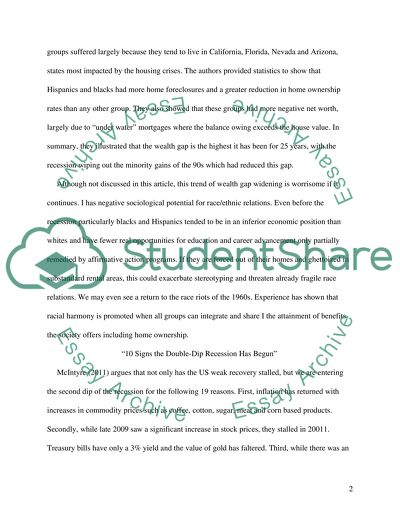Cite this document
(“Sociological Impact of the Ongoing Downturn In Our Economy/Housing Term Paper”, n.d.)
Retrieved from https://studentshare.org/sociology/1398053-sociological-impact-of-the-ongoing-downturn-in-our-economyhousing-market
Retrieved from https://studentshare.org/sociology/1398053-sociological-impact-of-the-ongoing-downturn-in-our-economyhousing-market
(Sociological Impact of the Ongoing Downturn In Our Economy/Housing Term Paper)
https://studentshare.org/sociology/1398053-sociological-impact-of-the-ongoing-downturn-in-our-economyhousing-market.
https://studentshare.org/sociology/1398053-sociological-impact-of-the-ongoing-downturn-in-our-economyhousing-market.
“Sociological Impact of the Ongoing Downturn In Our Economy/Housing Term Paper”, n.d. https://studentshare.org/sociology/1398053-sociological-impact-of-the-ongoing-downturn-in-our-economyhousing-market.


